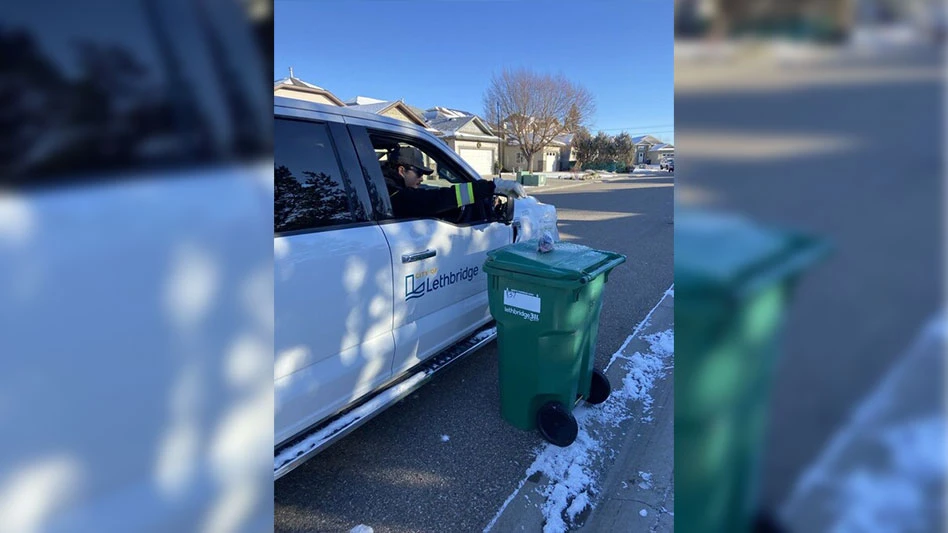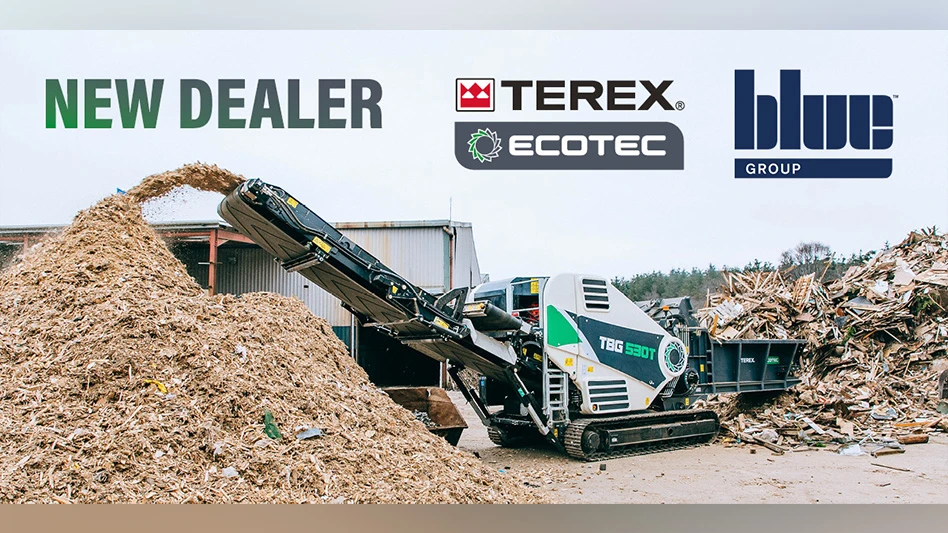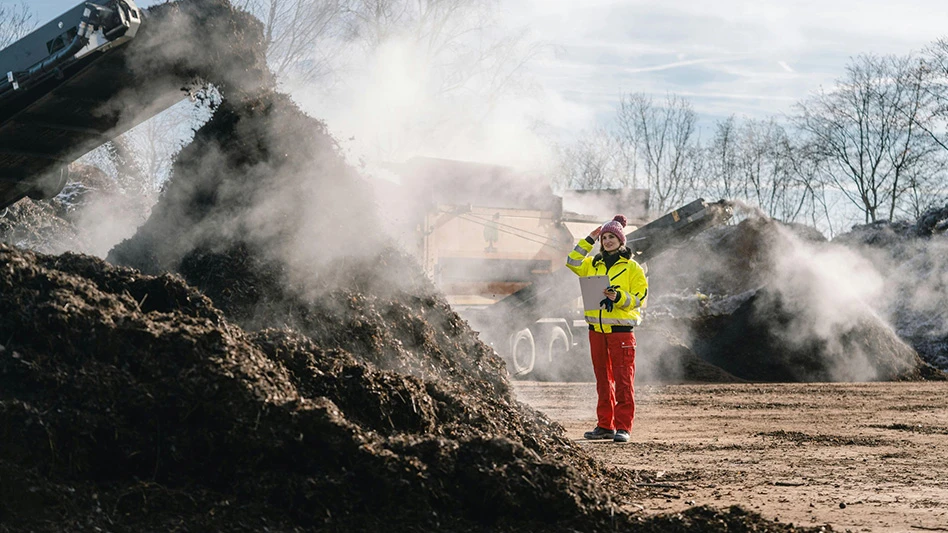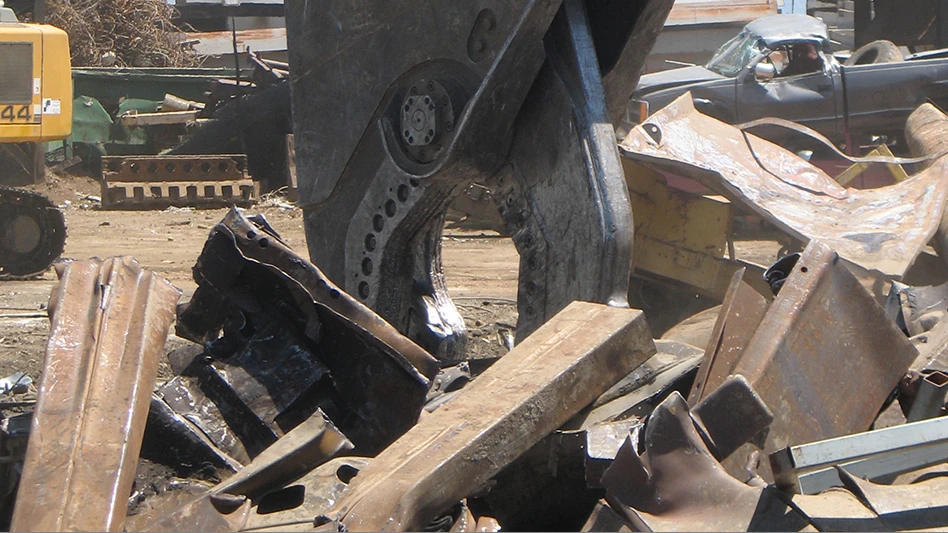These non-road diesels are the next large category of engine air emissions that the EPA is targeting, as it has already addressed car and light truck emissions and those of heavy-duty trucks and buses. The EPA’s goal is to seriously curtail emissions of nitrogen oxides (Nox) and PM-10s (particulate matter smaller than 10 microns) by 2007. According to the agency, non-road diesel is a major source.
As many parts of the country are now facing a “non-attainment” for EPA clean air standards, local government leaders in those areas are looking for ways to clean the air. Sometimes, such as in Texas, proposals to solve the dirty air have been draconian for C&D recyclers, including banning all construction activity before noon or even banning all non-complying construction equipment. In this case, virtually whole fleets built before 2001 would have to be replaced. Neither option is appetizing to contractors, but there appear to be few good choices, as regulators are convinced of the need to cut these emissions, and they have plenty of scientific data to prove it.
Diesel engine manufacturers are awaiting the final standards, although the EPA staff’s first position, outlined in a staff technical paper (which can be viewed at www.epa.gov/otaq/equip-hd.htm) gives a hint at what is to come. In 1998, strict standards for what diesel emissions should be were promulgated, but the EPA decided to wait until 2001 to determine if the technology was yet there to meet those standards. Last year, the EPA revisited the situation and determined the standards could be met, even for old equipment.
In this case, diesel engine manufacturers will have to build all new equipment to the standards. Most say they can comply but, not surprisingly, it will cost more. No reformulation of fuels is likely to be required.
All older non-road diesels will have to be retrofitted to meet the new emission standards. The technology to do that, however, is under development. The new processes are known as selective catalytic reduction (SCR) and emission gas re-circulation (EGR). Reportedly, the latter is more promising at this stage. The retrofits will require careful installation and upkeep, and their reliability and effect on fuel efficiency is still largely unknown. However, the alternative of replacing entire fleets with new equipment looks much less appealing.
Contractors seeking information about the retrofits, can visit www.epa.gov/otaq/retrofit/retrofittech.htm. Diesel technology information is available at www.dieselnet.com.Latest from Recycling Today
- Phoenix Technologies closes Ohio rPET facility
- EPA selects 2 governments in Pennsylvania to receive recycling, waste grants
- NWRA Florida Chapter announces 2025 Legislative Champion Awards
- Goldman Sachs Research: Copper prices to decline in 2026
- Tomra opens London RVM showroom
- Ball Corp. makes European investment
- Harbor Logistics adds business development executive
- Emerald Packaging replaces more than 1M pounds of virgin plastic





